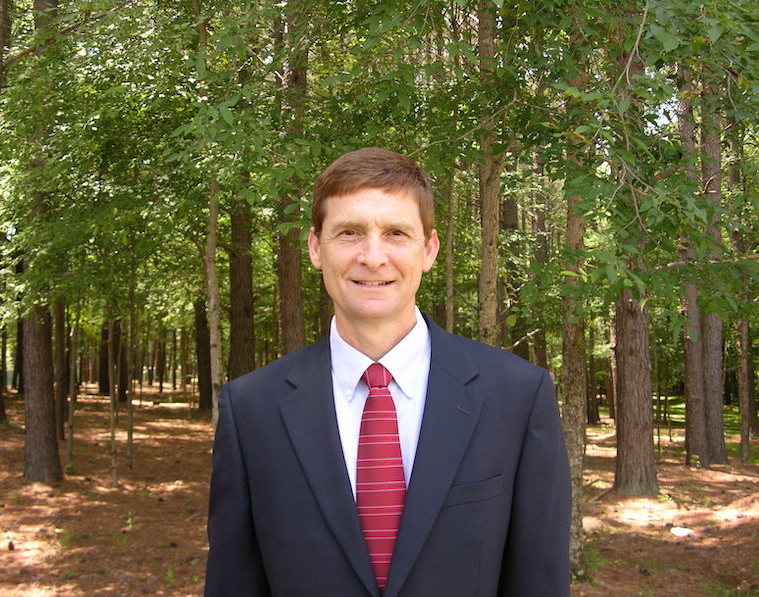Q: We have a spring dead spot (SDS) problem on bermudagrass. The SDS first appeared last year, and is twice as bad this year. I was trying to find a cheap and quick way to help the current problem, and was wondering if cutting out the patches and replacing them with sod would be a good idea. Is this something we can cure with chemicals, which seem pretty expensive? What is my best option for the money?
A: I consulted with NC State’s turfgrass pathologist Lee Butler. The comments that follow are based on our combined experiences.
The causal fungus of SDS doesn’t spread far from the original patch. It resides in the thatch layer, typically two to four inches deep. It spreads through hyphal growth and spores, both of which do not move far from the original patch, explaining why SDS patches reappear in the same spots each year. It can be spread in the immediate localized area when soil is disturbed through aerification, vertical mowing, etc. The disease typically takes three to five years to become established in a new bermudagrass stand and, if unmanaged, often becomes more severe as the turfgrass matures.
Cutting out the damaged areas in the spring and replacing them with a large turfgrass plug or sod may work if enough soil is removed around and below the necrotic spot. This would be a lot of work if there are more than a handful of infection sites. It will not help with new infection sites, so this may be a reoccurring need each spring for years. I have never known anyone to try this as a normal cultural practice, so this comment is based more on the known biology of the causal fungus.
Chemical control is highly effective against this disease. However, it may take a couple of years to really clean up the damage, and you will likely have to continue with applications every fall to maintain SDS-free fields. If you choose to apply fungicides, you will need one to two well-timed fall applications to be effective, and those applications will need to be watered in immediately after spraying to move the chemical to where the fungi reside in the thatch layer. So, treating for SDS requires a good irrigation system, or you will have to spray during a light rain event.
To answer your question about cost-effective options, let’s go back to the biology of the fungus. SDS is caused by three different species of the Ophiosphaerella fungus. The primary species we have in North Carolina is Ophiosphaerella korrae. Our turfgrass pathologists have had success in the past controlling this species through the use of calcium nitrate as a nitrogen source. They applied calcium nitrate at 1 pound of N per 1,000 square feet per month from May through August for a total of 4 pound of N. Within two years, they had completely suppressed SDS symptoms without using fungicides. On the other hand, O. herpotricha, the most common pathogen in Midwestern states, was suppressed by ammonium sulfate.
So, if you want to try something not fungicide-related, selecting a nitrogen fertilizer source specific to your fungi/location would be one thing you could attempt. Or couple this with fungicide applications in the first year and re-evaluate next spring. SDS is more severe in heavily compacted soils, so be sure to aerify those fields as much as you can to help relieve any highly compacted areas.
Grady Miller, Ph.D.
Professor and Extension Turf Specialist
North Carolina State University
Questions?
Send them to Grady Miller at North Carolina State University, Box 7620, Raleigh, NC 27695-7620, or e-mail grady_miller@ncsu.edu
Or send your question to Pamela Sherratt at 202 Kottman Hall, 2001 Coffey Road, Columbus, OH 43210 or sherratt.1@osu.edu

